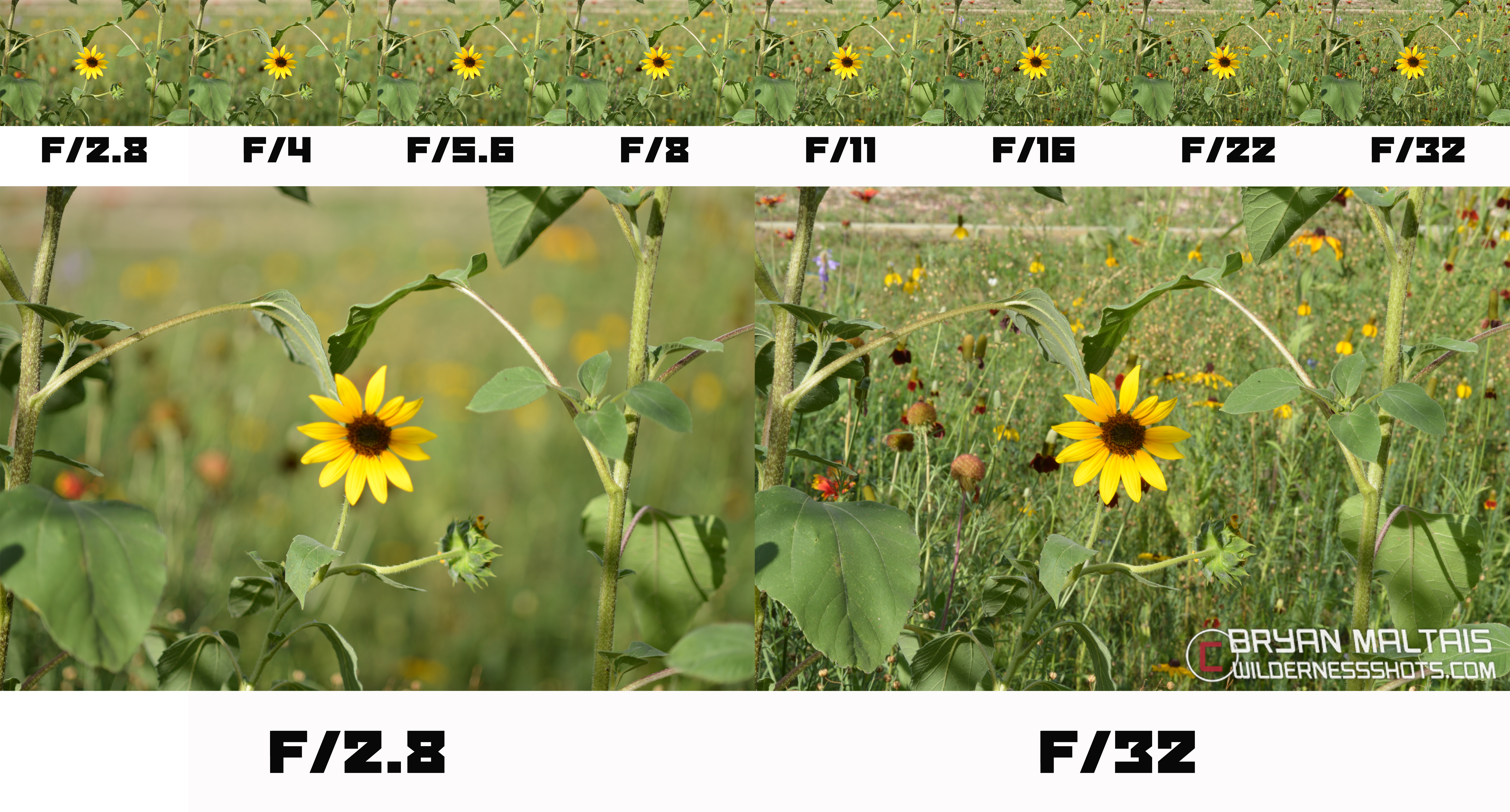

A smaller sensor captures a smaller portion of the image. Larger cameras have larger sensors and smaller cameras have smaller sensors.

These signals transform into a color image based on a processor inside a camera. Image sensorĪn image sensor is a photo-sensitive semiconductor that captures light rays and converts them to electronic signals. The aperture shape itself is often a polygon or a hexagon rather than a perfect circle. Aperture blades can also be placed straight or rounded on the lens.
#Small or big aperture professional
More professional lenses may have nine or more blades on the aperture. A basic lens has five or six blades on the aperture. Lenses have varying numbers of aperture blades, depending on the price and quality of the lens. The more light that comes through the lens, the brighter the image. The aperture size controls how much light gets in and how exposed the photo will be. Inside each lens is a set of blades that open or close making the aperture wider or smaller. Like an eye, a camera lens has an “iris” that controls the aperture. Aperture Camera Components Aperture blades However, the same amount of light travels through both lenses to reach the image sensor, thus providing the same exposure. For example, an f/4 on a 50mm has a smaller opening than an f/4 on a 200mm. Each f-number represents one “stop” of light, a mathematical equation (the focal length of the lens divided by the diameter of the aperture opening) that determines how much light enters the lens regardless of its size. Aperture is displayed in an “f/number” format.Īperture is defined by the size of the opening through which light can enter the camera.Īperture sizes range from the widest (f/1.4) to the smallest range (f/32). If the aperture is smaller, less light enters, and the image captured will be darker.Īperture is adjusted to control how much light is allowed in. The larger the aperture, the more light comes in, resulting in a brighter photo. It expands and shrinks to allow more or less light through to a camera’s sensor. In photography, the aperture works like the pupil of an eye. Aperture is an integral part of photography included in exposure settings, along with shutter speed and ISO. The camera aperture works similarly in its mechanical realm. When a room gets dark, pupils in the eye expand to take in more light or shrink in a bright, well-lit room to adjust. The human eye is amazingly agile for adjusting to lighting conditions.


 0 kommentar(er)
0 kommentar(er)
